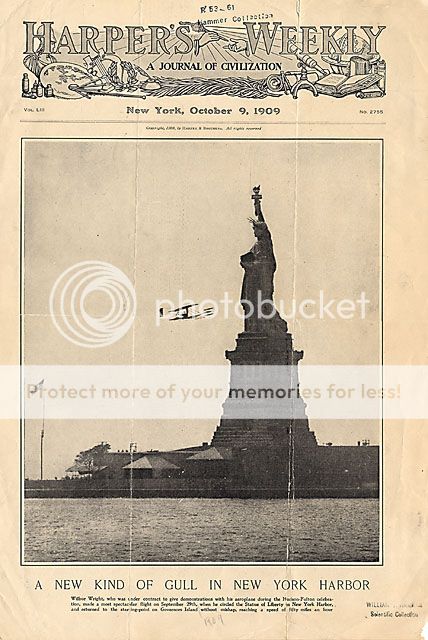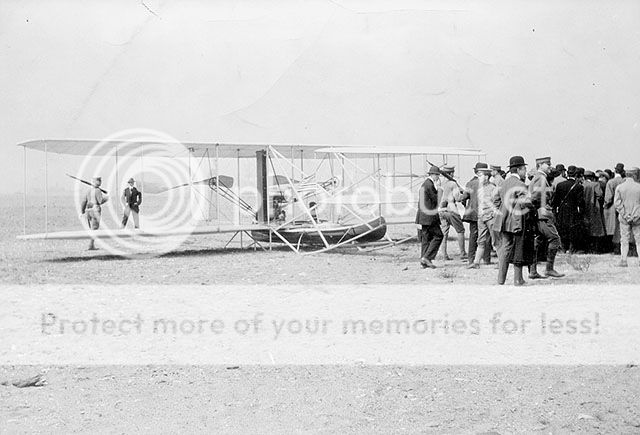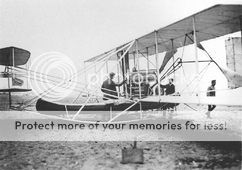The Wright brothers achieved powered, sustained,
controlled, heavier-than-air flight on December 17, 1903. To this day there is no credible evidence that anyone achieved the same feat on an earlier date, including Gustave Whitehead.
Control is the key; the Wrights worked out the physics needed to create a system to control their craft in all three axes. They were not the first to build a powered heavier-than-air machine able to make brief hops aloft, Clement Ader did that in 1890. His craft, the Éole, was not equipped with flight controls.
And neither, apparently, was Whitehead's:
The Bridgeport Herald (August 18, 1901) reported that Whitehead and another man drove to the testing area in the machine, which worked like a car when the wings were folded along its sides. Two other people, including the newspaper reporter, followed on bicycles. For short distances the Number 21's speed was close to thirty miles an hour on the uneven road, and the article said, "there seems no doubt that the machine can reel off forty miles an hour and not exert the engine to its fullest capacity."
The newspaper reported that before attempting to pilot the aircraft, Whitehead successfully test flew it unmanned in the pre-dawn hours, using tether ropes and sandbag ballast. When Whitehead was ready to make a manned flight, the article said: "By this time the light was good. Faint traces of the rising sun began to suggest themselves in the east."
The newspaper reported that trees blocked the way after the flight was in progress, and quoted Whitehead as saying, "I knew that I could not clear them by rising higher, and also that I had no means of steering around them by using the machinery." The article said Whitehead quickly thought of a solution to steer around the trees:
"He simply shifted his weight more to one side than the other. This careened the ship to one side. She turned her nose away from the clump of sprouts when within fifty yards of them and took her course around them as prettily as a yacht on the sea avoids a bar. The ability to control the air ship in this manner appeared to give Whitehead confidence, for he was seen to take time to look at the landscape about him. He looked back and waved his hand exclaiming, 'I've got it at last.'"
This and other reports raise a few questions. Whitehead's craft had two engines; one drove a propeller, the other drove the wheels. Why power the wheels? The craft could have been towed to the test site, once the machine is airborne the second engine is just dead weight. Was the propeller so inefficient as to require driven wheels in order to achieve flying speed? If so, how was sustained flight to be achieved?
Why did he conduct his tests at night? Nights are calm, that's good for testing a fragile aircraft. But nights in 1901 were very dark, unless there were clear skies and moonlight. I don't know what the sky condition was in Bridgeport on August 14, 1901, but the moon was new. His tests would be in almost total darkness.









 .
. .
.